We all love plants and flowers. If you don’t you’re a monster! There are many reasons we as humans are drawn to Mother Nature. Nature reminds us of the beauty that evolves from dirt and decay. The cycle of life, evolution, vibrancy, and peace. We use nature for grounding practices, reconnecting with our bodies, and finding hope and inspiration.
I’ll tell anyone who will listen about my experience with Forest Bathing at the LA Arboretum. Not to be dramatic but I believe it changed my life. It guided me through new tools to tune into my surroundings and appreciate our human relationship with nature.
Interacting with nature is an incredibly sensual experience. We get to use all of our senses to simultaneously feel connected with ourselves and something much bigger and braver than us.
I haven’t been prioritizing nature as much as I used to in the past. One of my intentions for next month is to interact with nature weekly. In a very dedicated way, like the forest bathing!
With all this mind chatter about plants and flowers, I had to talk to my sweet friend, Kt Newman, a California native plant connoisseur.
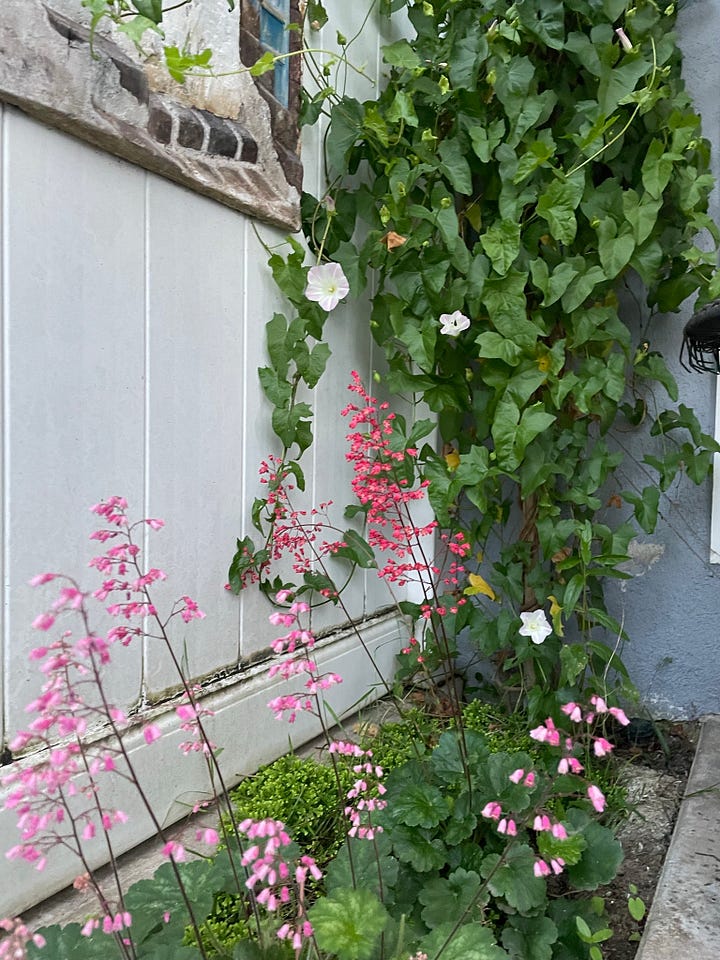
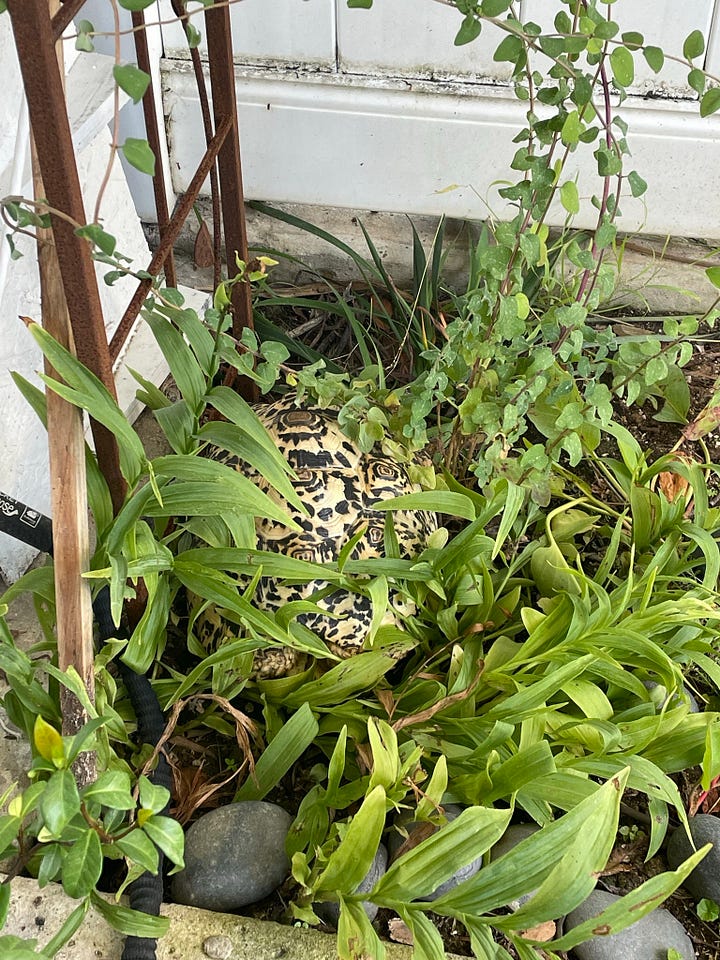
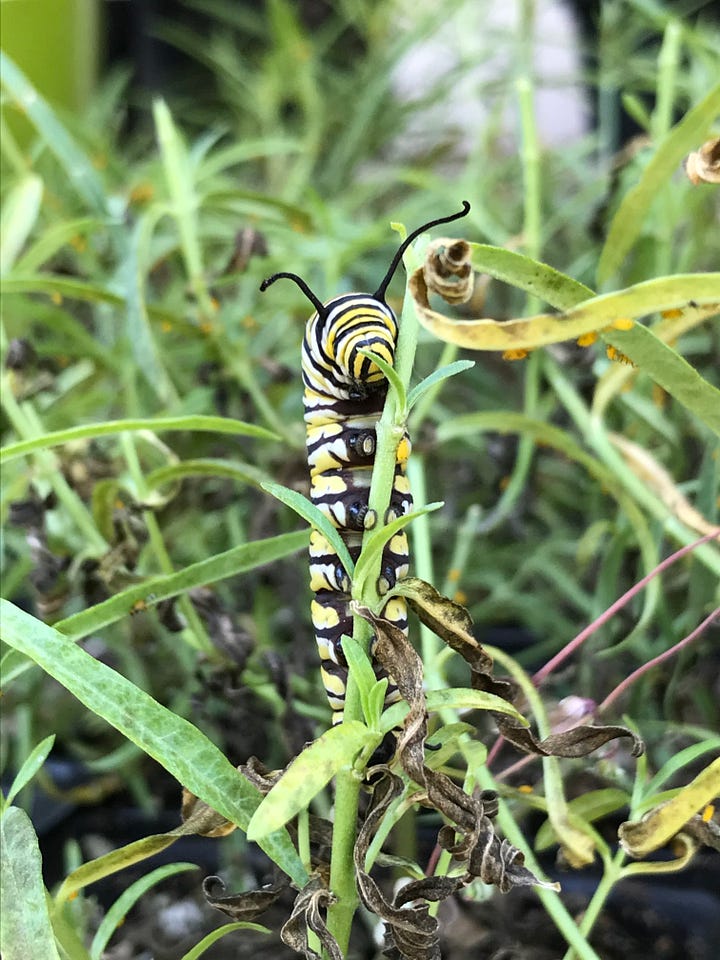
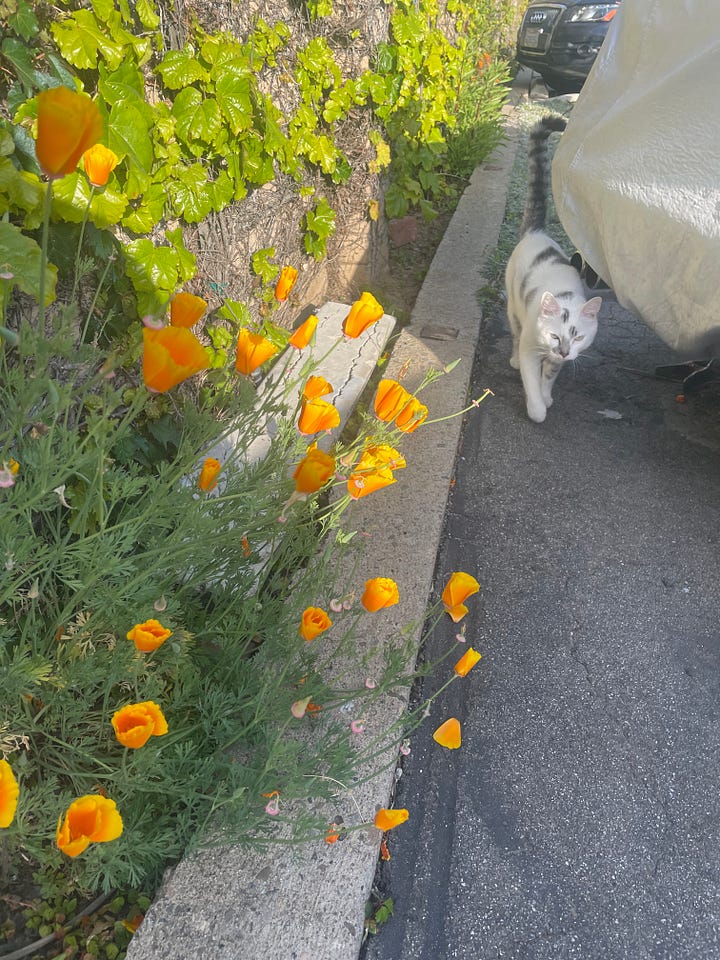
You can listen to our chat below or read a more organized version of Kt’s answers to my questions.
Flower Chat with Kt Newman
What are the top 3 most common plants we might see walking down the street in Southern California?
Top three CA native plants you might see walking down the street are those that have been adopted by the landscape industry for their ability to take massive beatings from obnoxious electric mowers, blowers and pruners. Buckwheat varieties, black sage, and many native grasses like sedges or wild rye varieties). If you are out on a hike in nature you will likely see those as well as our lovely California oak trees, California lilac, and Lemonade berry.
Are any native plants historical or have cultural significance in Southern California?
All CA native plants have historical and cultural significance to California’s indigenous communities. They have been and continue to be used for medicine, food, clothing, ceremonies, and baskets. Nicholas Hummingbird teaches online classes on a sliding pay scale that are a great resource for anyone looking to learn more about native plants and their indigenous uses of.
A fun story that I love is that Hollywood was named so because of the abundance of Toyon (Christmas berry) that naturally grows there. The red berries resemble the holly native to the eastern continents. I am not sure how historically accurate that is, but I choose to believe!
More recently, there has been a surge in illegal poaching of white sage to sell smudge sticks at low cost. White sage smudge sticks are ceremonially sacred to indigenous peoples, so if you really want to burn one it's important to purchase from a reputable source and familiarize yourself with the cultural significance of that tool. I get that incense is fun and you feel like Stevie Nix when you're cleansing your space, but there are tons of other plants, including other varieties of sages, you could use as incense that won’t potentially hinder indigenous peoples' access to their sacred tools. If you want to learn more, check out the documentary film, Saging the World. Another reason to plant California native plants on your patio or yard… you can grow your own incense! So much pleasure to be found in that.
Are there any native plants we should be sure to stop, touch, and smell?
Absolutely! If you are hiking around southern California you will likely see Artemisia california (California sagebrush) and Salvia mellifera (Black sage). Sagebrush is common all over the southwest and has been given the nickname Cowboy cologne, as riders often smell like it after a day of adventure through the hills and basins. My favorite California native to feel is Abutilon palmeri (Palmers mallow). Its leaves are so soft and fuzzy! I also love patting Achillea millefolium (yarrow). It's just so fluffy and makes me happy. I am pretty sure my boyfriend thought I was trying to poison him recently on a hike when I forced him to suck on a ripe Lemonade berry. They put out a sticky sap over their berries in the summer that tastes like lemons. They are nature’s Sour Patch kids! Just don't eat the whole thing… Sap only : )
Are there any untraditional or unexpected ways we can interact with native plants?
It's a hard question to answer because what might be considered untraditional to us is very traditional for those whose ancestors have lived here for thousands of years. But for those who are BRAND NEW to learning about California native plants I have a few fun stories to share.
I love learning about ways to cook with California native plants and some of my favorite jewelry has been purchased from indigenous artists and feature plant seeds/nuts from Junipers, oaks, and manzanitas. I recommend the book Cooking the Native Way.
Another unexpected way is that farmers and kitchen gardeners are finding that planting a native plant border around their food crops attracts beneficial insects that can help deter the usual garden pests (Think ladybugs eating aphids or birds eating the grasshopper and mosquito).
Lastly, a native plant garden fosters engagement with nature. California native plants don’t require much maintenance or water. This means homeowners don’t really need to pay for expensive irrigation systems or a landscape crew to come out once a week. I have worked with a lot of homeowners who made the switch to a drought tolerant and native landscape and they often say the most surprising change is how much more they interact with their garden. They are hand watering and learning how to prune themselves so they are more likely to notice and appreciate the changes in their garden through the seasons.
How and why do native plants bring pleasure into your life? How can we use them as a tool for pleasure and inspiration?
This is a great question and I have a few answers to please bear with me.
I have attracted so many more birds, butterflies and various other critters to my patio garden since I began gardening with CA natives. I love to sit on my patio with coffee or tea on a Sunday morning and watch the fauna enjoy the flora I have provided back to them. The CA native milkweed on my patio has already fed 12 monarch caterpillars this summer season. Watching different lifeforms grow, transform and survive in my garden has brought so much pleasure to my life.
The changing of seasons has been inspiring to creatives for millenia. As a kid I always longed to live somewhere with autumn colors. I was jealous of the east-coasters with their golden, burnt orange and rusty red leaves. Since gardening with CA native plants I have become more aware of the changing seasons here. Buckwheats turn a rusty red in fall - their seeds falling to provide food for various birds while California fuchsia’s bright red blooms keep hummingbirds visiting the garden, wildflowers burst with all colors of the rainbow in spring, goldenrod and desert mallow shine like the sun in summer, lilacs and manzanitas bring ethereal light pinks and purples to the garden in winter. Early developers of CA replaced native plants with tropical palm trees and ornamental lawns in hopes of selling California as a “paradise” to potential home buyers from out of state which essentially stole the seasons away from our suburbs. We for sure have seasons here, even if every day is a decent beach day.
There is also something to be said for a sense of place providing comfort and pleasure. The gardens in southern California are so diverse you can walk down the street from one front yard to the next and be transported from an Italian villa, to Hawaiian beaches to the English countryside. I love that our climate allows for such creativity and diversity in design, but I think I love California looking like California more. This isn't Italy, Hawaii or England. That being said, roses, camellias and gardenias will always have a place in my garden. Certain plants hold special meaning to people and I don’t think you have to garden with 100% native plants to enjoy their benefits and keep California looking like California.
I am really interested in how the current culture influences what we perceive as beautiful and how that affects the pleasure we get from our surroundings. We have been taught that anything that doesn't stay bright green all year or can't be perfectly sculpted into a perfect square or circle is messy looking. HOA’s are fining homeowners for landscape plants that might spill into the sidewalk by half an inch, citing that it looks unkempt. But when we go camping or hiking we often feel overwhelmed by the intrinsic beauty of nature, so why can’t we bring that beauty to our suburbs? What is the obsession with a flat green lawn that does nothing for habitat and guzzles up water? When it comes to landscaping, we do not need to follow the constantly changing trends or keep up with the Joneses, we just need to let nature be nature. Observe and enjoy it.
THANK YOU FOR SHARING YOUR WISDOM WITH US KT! 💖
August Reflections:
Learning what having a “portfolio career” might mean. And how to reframe my mind to monetize my multiple skills under the thematic lens of Club BodyTalk.
Understanding that we might think we know what we want, and what’s best for us, but that could change in an instant. If a surprising opportunity feels right (job, relationship, home, event), our desires, dreams, and goals might change in an instant. This is an invitation to investigate the underlying value vs the original narrative we might have been telling ourselves.
LISTENING TO MY BODY. One of my 2024 intentions is to learn to trust and interpret the communications of my body and attempt to remove the other thinking that clouds intuition! I think I’ve gotten better at that, but more on that in September’s letter.
Still in Pool Zone? August’s playlist is just for that.
Friendly reminder to dance for pleasure and not take yourself too seriously.
Oh and happy Virgo season. Talk to you in September.
💕 Lizzy

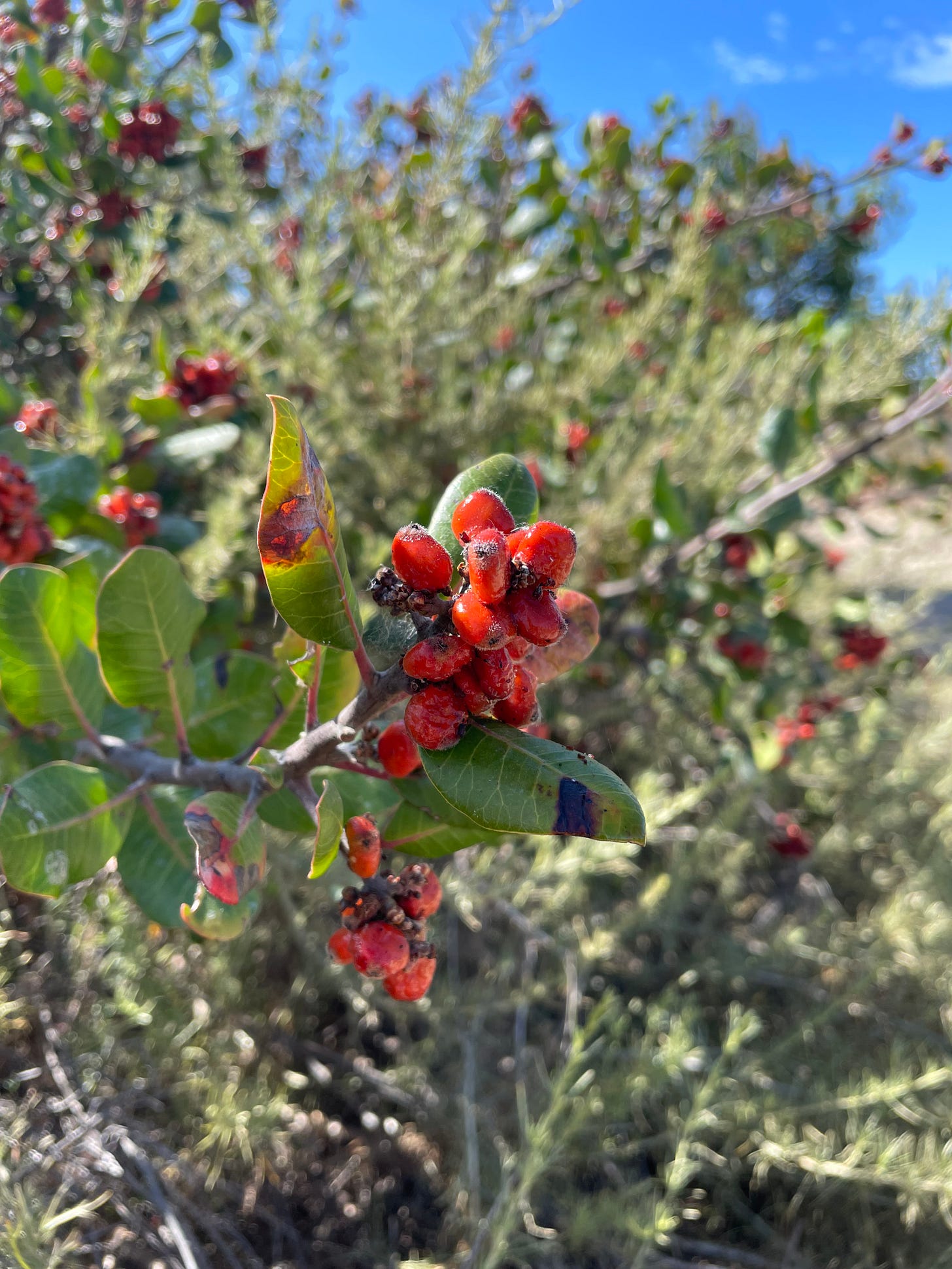
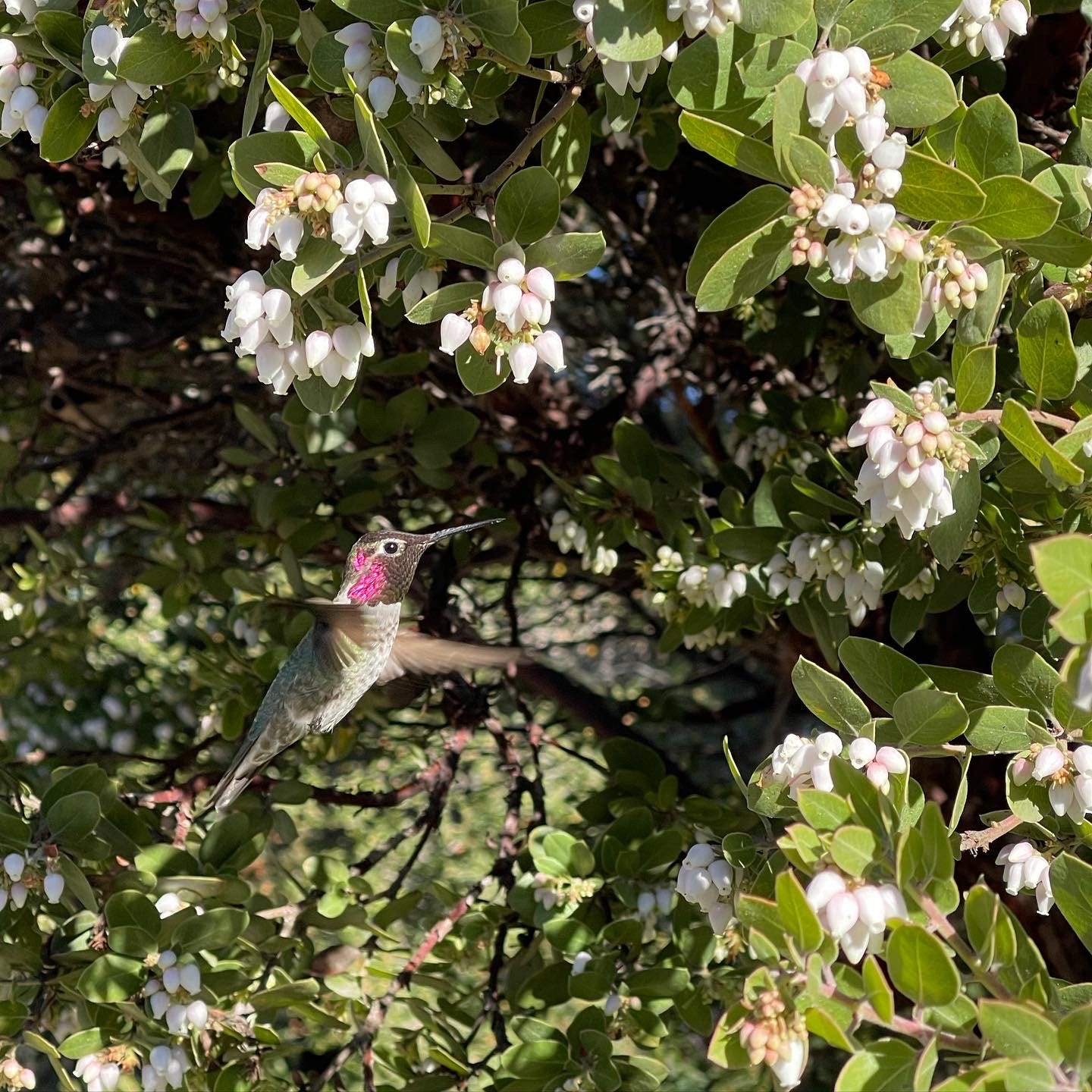
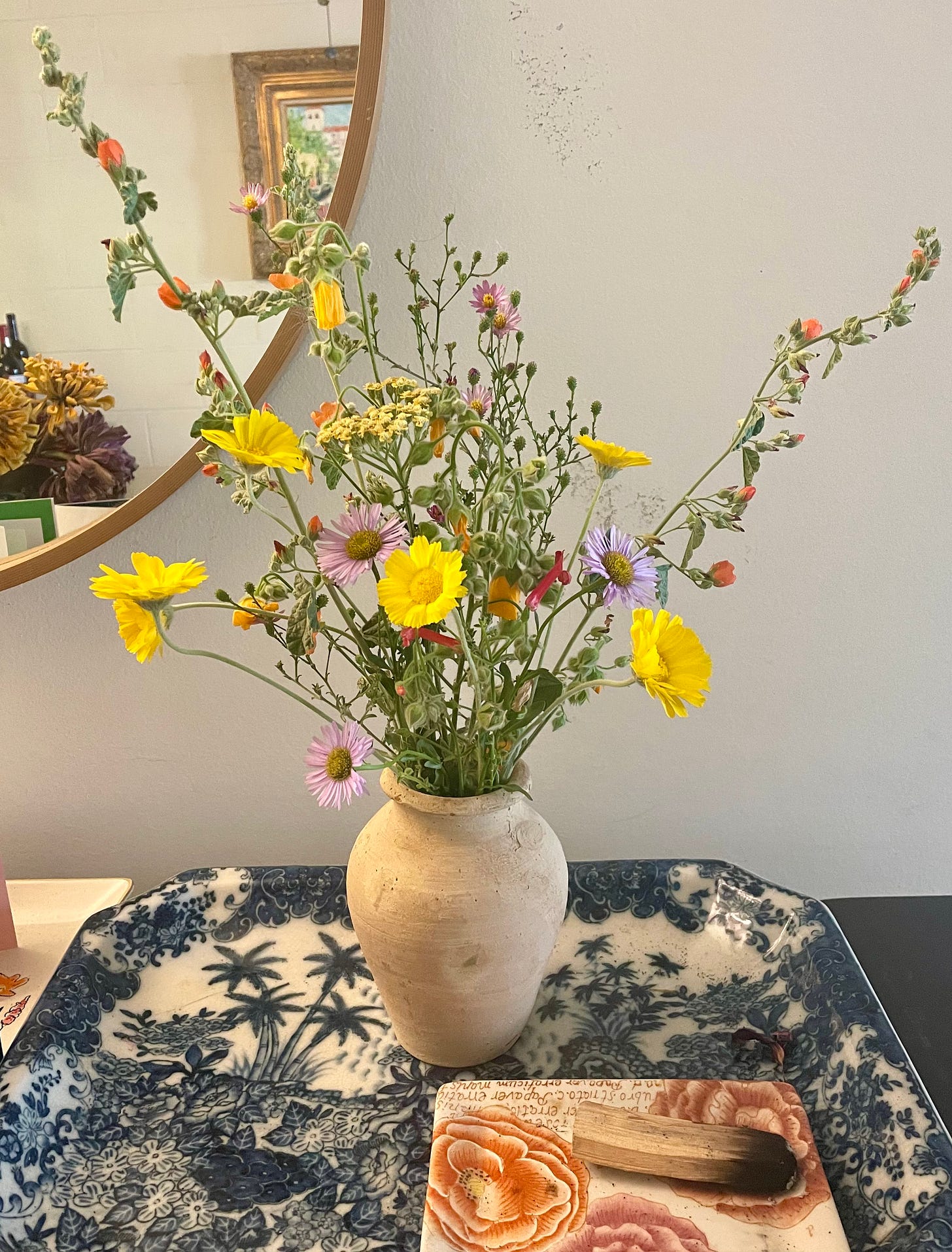


What an incredible and inspiring post……reading this gave me the same pleasure of being in my own garden!